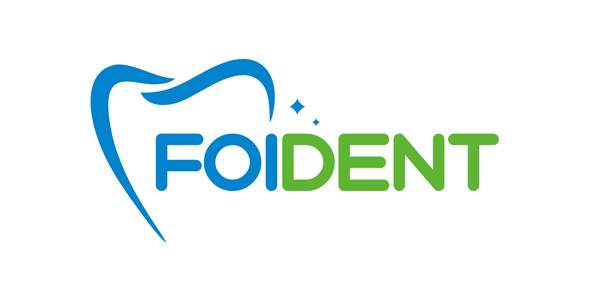A dental unit is a specialized piece of equipment used in dental clinics or offices to provide dental care services. It is essentially a chair with an integrated set of instruments and devices that dentists and dental hygienists use to examine, treat, and perform various dental procedures on patients. The dental unit is a central component of the dental operatory, where dental treatments are conducted.
Key features of a dental unit typically include:
-
Dental Chair: The chair is designed for patient comfort and is adjustable to allow for proper positioning during dental procedures.
-
Instrument Delivery System: This system includes handpieces, air-water syringes, and suction devices. Handpieces are used for various dental procedures, such as drilling and polishing.
-
Operator's Console: The dentist controls the dental unit through the operator's console, which usually includes foot controls and handpieces for different functions.
-
Operating Light: A bright light is mounted above the dental chair to illuminate the oral cavity, providing clear visibility for the dentist during procedures.
-
Dental Assistant's Instrumentation: Some units have additional instrumentation for dental assistants, including trays for holding instruments and materials needed during procedures.
-
X-ray Unit: In some cases, dental units may have an integrated X-ray unit for intraoral radiography.
-
Suction System: A suction system is used to remove excess saliva, water, or debris from the patient's mouth during procedures.
-
Waste Management System: A system for disposing of waste generated during dental procedures.
Modern dental units are often designed with ergonomic considerations for both the dentist and the patient. They may also incorporate advanced technologies, such as digital imaging, computerized patient records, and other electronic features to enhance efficiency and patient care. The specific features of a dental unit can vary depending on the manufacturer and the model.
Dental units play a crucial role in providing comprehensive dental care, and advancements in technology continue to improve the functionality and efficiency of these units in dental practices.

